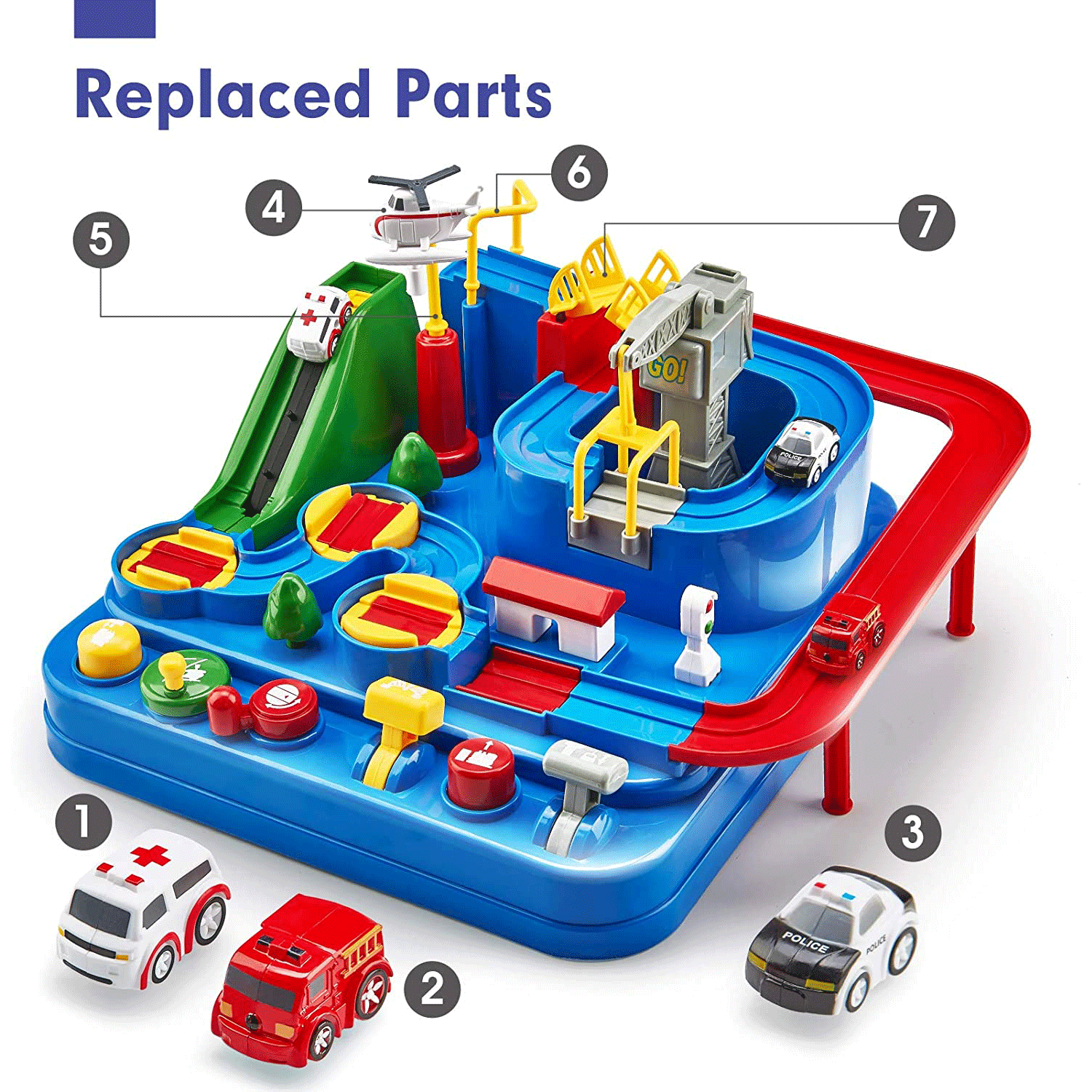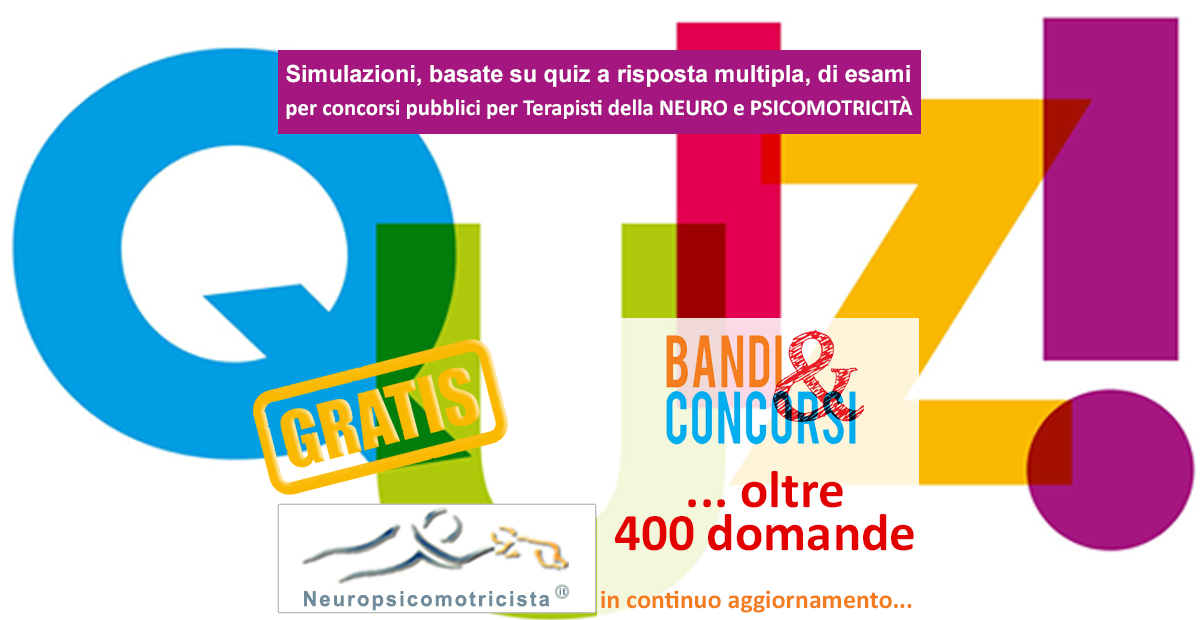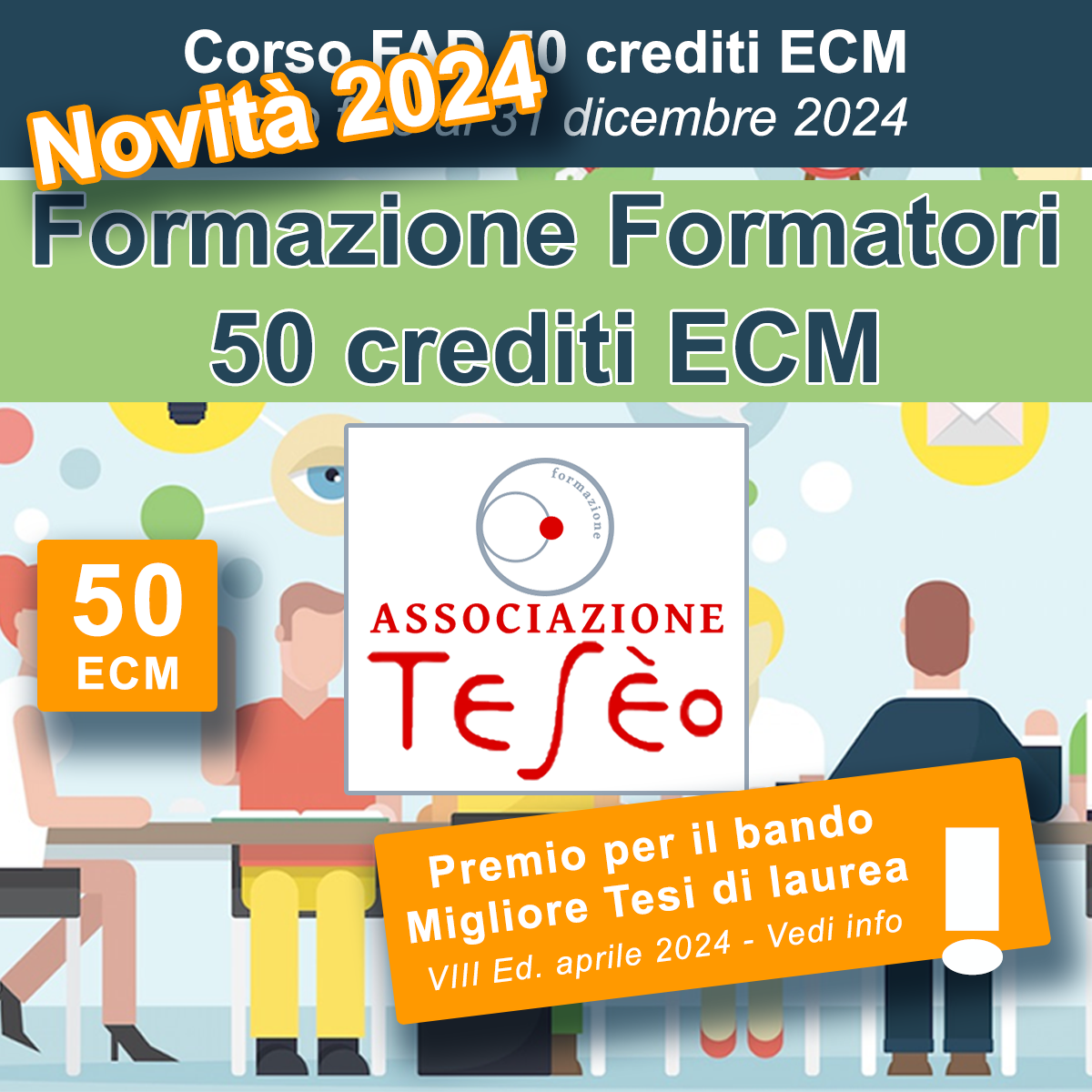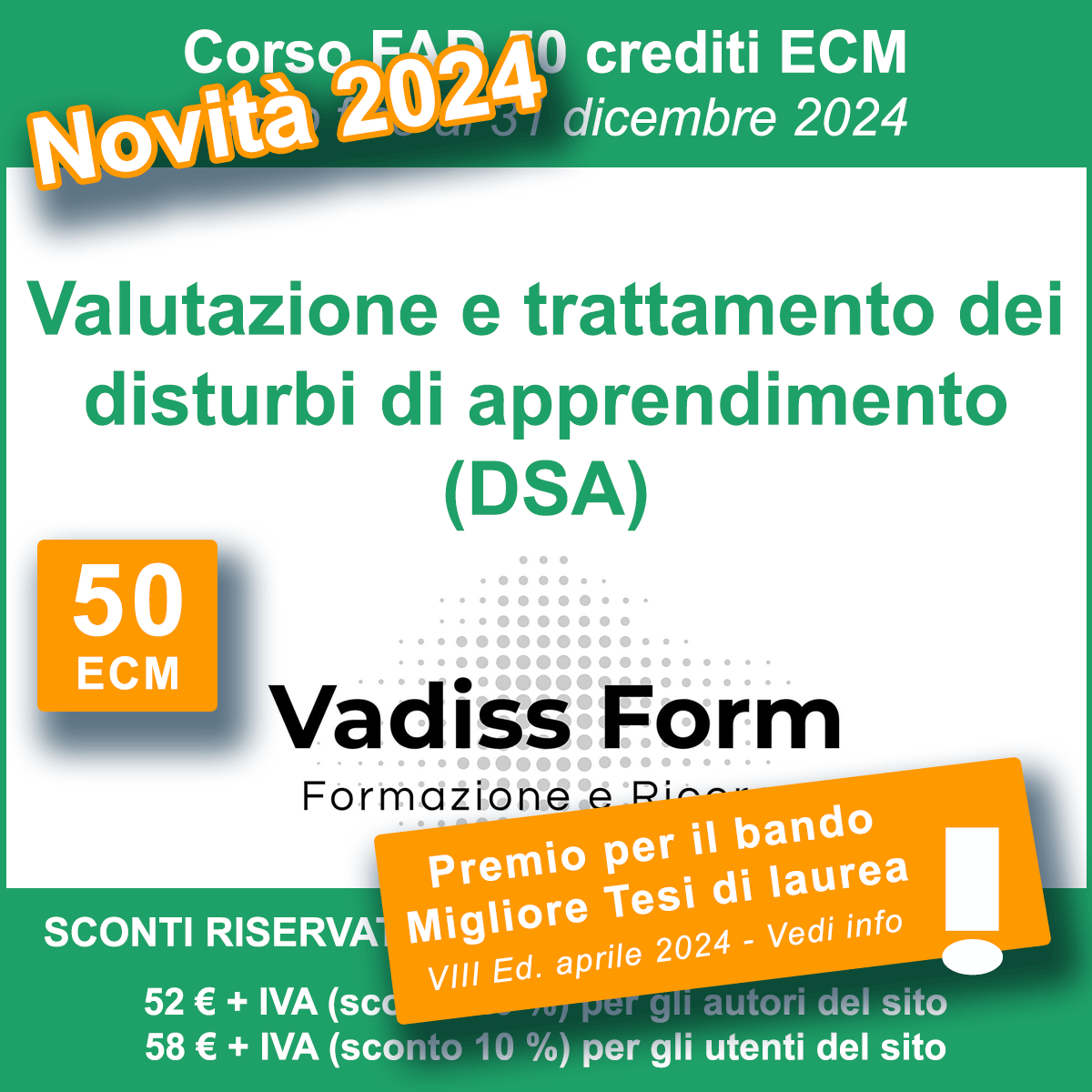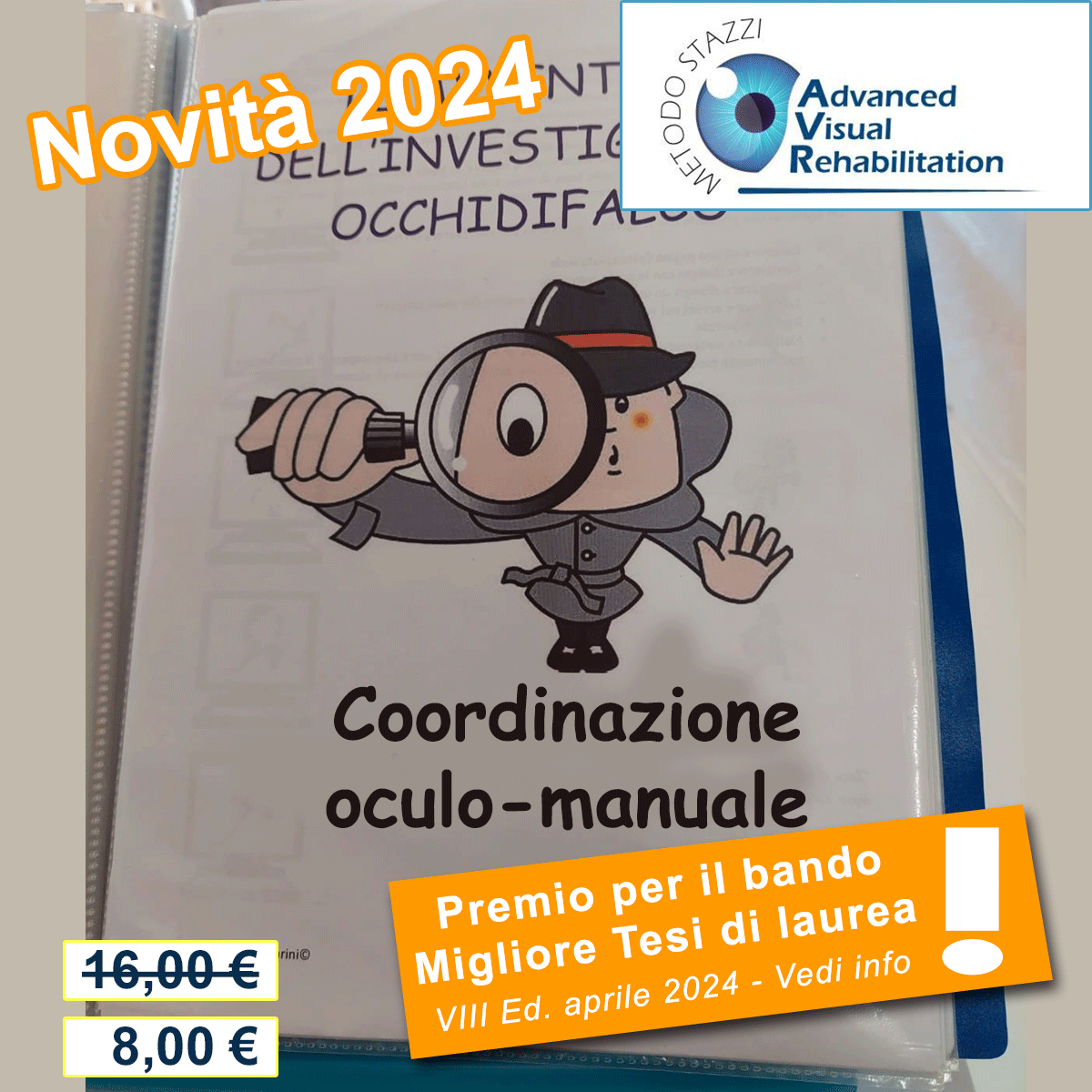BIBLIOGRAFIA - Il ruolo dell'imitazione attiva e passiva in bambini con disturbo dello Spettro Autistico: prospettive di intervento
- A.Fabrizi, A.Castellano, A.Graziani, V.Lo Vecchio- Imitazione ed apprendimenti ecoici dei bambini con disturbo pervasivo dello sviluppo
- Agnetta B., Rochat P. (2004). Imitative games by 9-, 14-, and 18-month-old infants. Infancy 6, 1–36.
- American Psychiatric Association (1994). Diagnostic ad Statistical Manual of Mental Disorders. Washington, DC.
- Berument, S.K., Rutter, Lord, C., Pickles, A. e Bailey, A. (1999). Autism screening questionnaire: Diagnostic validity. British Journal of Psychiatry, 175.
- Bishop, D.V.M. (1998). Development of the Children’s Communication Checklist (CCC): A method for assessing qualitative aspects of communicative impairment in children. Journal of Child Psychology and Psychiatry, 39.
- Brown E. C., Brüne M. (2012). The role of prediction in social neuroscience. Front. Hum. Neurosci. 6:147.
- Buccino G., Binkofski F., Riggio L. (2004). The mirror neuron system and action recognition. Brain Lang. 89, 370–376.
- Colombi C., Liebal K., Tomasello M., Young G., Warneken F., Rogers S. J. (2009). Examining correlates of cooperation in autism: imitation, joint attention, and understanding intentions. Autism 13, 143–163. 10.1177/1362361308098514
- Corsello, C., Leventhal, B. Cook, L. (2003). A screening instrument for autism spectrum disorders. Relazione presentata al concegno biennale della Society for Research in Child Development, Tampa Bay, FL.
- Dawson e Adams, 1984; Katagiri et al, 2010;. Berger e Ingersoll, 2013
- Dawson G., Adams A. (1984). Imitation and social responsiveness in autistic children. J. Abnorm. Child Psychol
- Dawson G., Galpert L. (1990). Mothers' use of imitative play for facilitating social responsiveness and toy play in young autistic children. Dev. Psychopathol. 2, 151–162. 101
- Elliot, C.D. (1990). Different Ability Scales (DAS). Psychological Corporation, San Antonio, TX.
- Escalona A., Field T., Nadel J., Lundy B. (2002). Brief report: imitation effects on children with autism. J. Autism Dev. Disord. 32, 141–144.
- Field T., Nadel J., Ezell S. (2011). Imitation therapy for young children with autism, in Autism Spectrum Disorders. From Genes to Environment, ed Williams T., editor. (Rijeka: InTech, Open Acces Publisher; )
- Gallese V., Keysers C., Rizzolatti G. (2004). A unifying view of the basis of social cognition. Trends Cogn. Sci. 8, 396–403.
- Gallese, V., Keysers, C., Rizzolatti G. (2004). A unifying view of the basis of social cognition. Trends Cognitive Sciences, 8, 396-403.
- Giacomo Rizzolatti e Lisa Vozza – Nella mente degli altri , neuroni specchio e comportamento sociale (Zanichelli)
- GRIFFITHS MENTAL DEVELOPEMENT SCALES (The Abilities of Babies, Griffith, 1954; revisione del 1986)
- Heimann M., Laberg K. E., Nordoen B. (2006). Imitative interaction increases social interest and elicited imitation in non-verbal children with autism. Infant Child Dev. 15, 297–309. 10.1002/icd.463
- Iacoboni, M., Woods, R.P., Brass, M., Bekkering, H., Mazziotta, J.C., Rizzolatti, G. (1999). Cortical mechanism human imitation. Science, 286, 2526- 2528.
- Imitazione Zettel Rai Educational
- Ingersoll B. (2008). The social role of imitation in autism: implications for the treatment of imitation deficits. Infants Young Child. 21, 107–119.
- Lordi, C. (1995). Follow-up of two-year-olds referred for possible autism. Journal of Child Psychology and Psychiatry, 36.
- Luigi Volpicelli, Lessico delle scienze dell'educazione, Volume 1, ed.Vallardi
- Meltzoff A. N. (2007). “Like me”: a foundation for social cognition
- Nadel et al., 2000; Field et al., 2001, 2013;. Escalona et al., 2002 ; Heimann et al, 2006
- Nadel J. (2002). Imitation and imitation recognition: functional use in preverbal infants and nonverbal children with autism in The Imitative Mind: Development, Evolution, and Brain Bases, eds Meltzoff A., Prinz T., editors. 102
- PEP-3 Psychoeducational Profile - Third Edition Eric Schopler, Margaret D. Lansing, Robert J. Reichler, Lee M. Marcus.
- Rizzolatti G., Sinigaglia C. (2010). The functional role of the parieto-frontal mirror circuit: interpretations and misinterpretations.
- Rutter, M., Le Couteur, A. e Lord, C. (2003). Autism Diagnostic Interview- Revised Mnual. Westwrn Psychological Services, Los Angeles.
- Sanefuji W., Ohgami H. (2011). Imitative behaviors facilitate communicative gaze in children with autism.
- SCQ (Social Comunication Questionnaire) Giunti O.S Organizzazioni Speciali-Firenze, adattamento italiano a cura di Carlo Cianchetti e Giuseppina Sannio Fancello; Michael Rutter, Antony Bailey, e Catherine Lord (2003 Western Psychological Services-Los Angeles) Edizione italiana 2007, 2009.
- Strumenti di valutazione clinica in neuropsichiatria dell’età evolutiva- a cura di Carlo Cianchetti- Franco Angelo (p.57 e 58)
- The Social Effect of “Being Imitated” in Children with Autism Spectrum Disorder Annarita Contaldo, Costanza Colombi, e Filippo Muratori
- Tiegerman e Primavera 1981, 1984; Dawson e Galpert, 1990
- Tiegerman E., Primavera L. H. (1981). Object manipulation: an interactional strategy with autistic children. J. Autism
- VINELAND- Adaptive Behavior Scales (Sparrow et al., 1984) 103
SITOGRAFIA
- PubMed, Web of Science
- http://www.lescienze.it/news/2013/04/10/news/bambini_autistici_imitazione_azione-1605019/
- http://www.vegajournal.org/content/archivio/52-anno-vi-numero-1/168-la- teoria-dellimitazione-di-vygotskij-alla-luce-delle-scoperte-sul-sistema-dei- neuroni-specchio-una-riflessione-integrata
| Indice |
| INTRODUZIONE |
|
| CONCLUSIONI |
| BIBLIOGRAFIA |
|
Tesi di Laurea di: Marilena ALVAREZ |


















